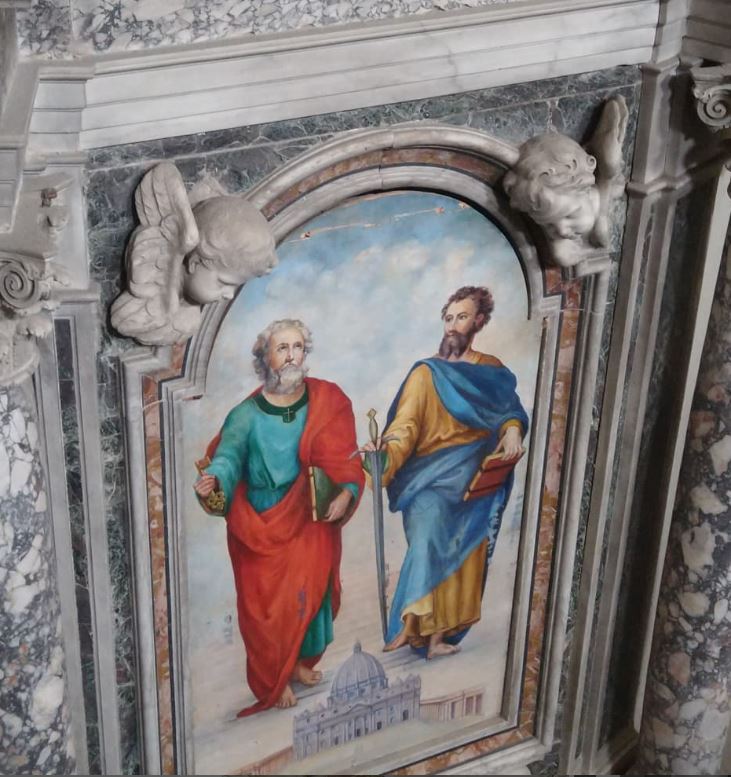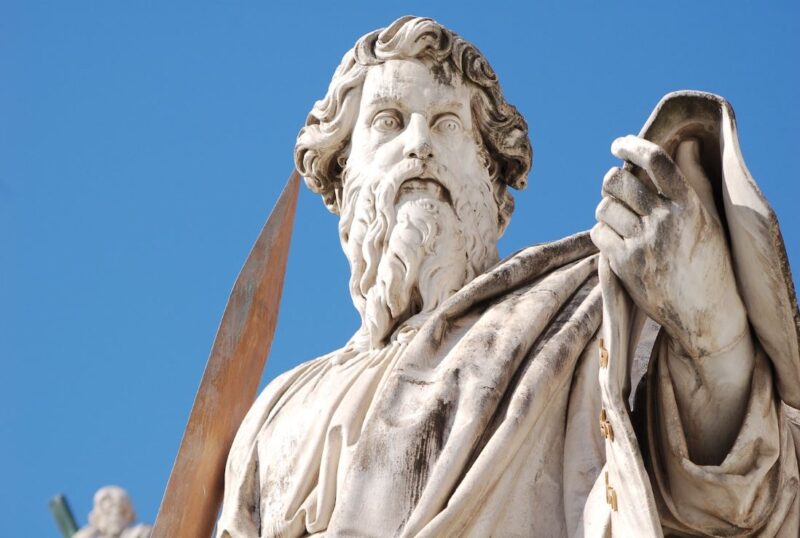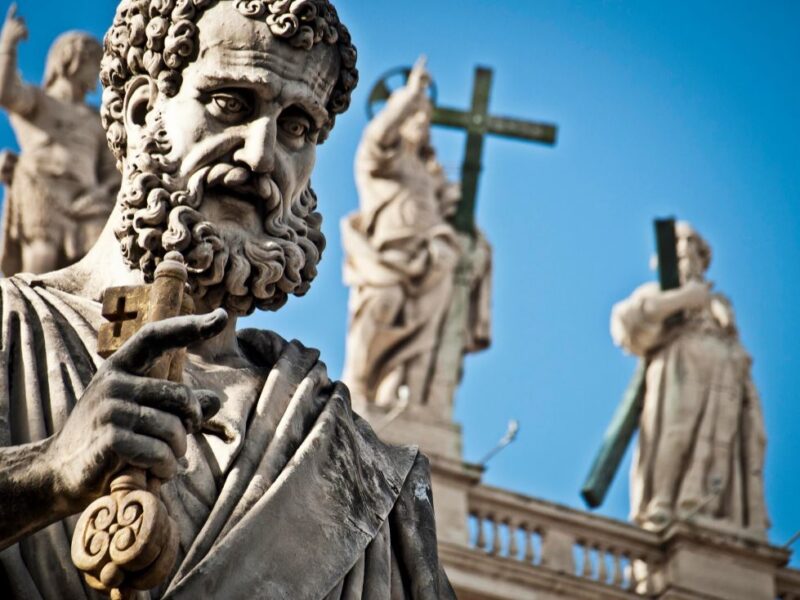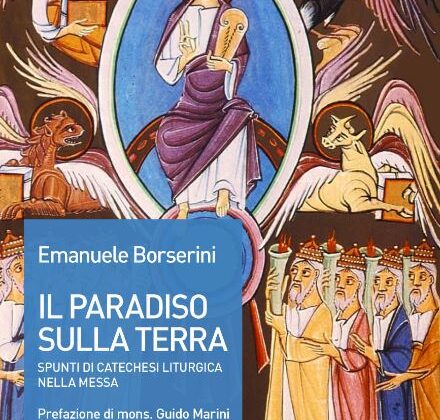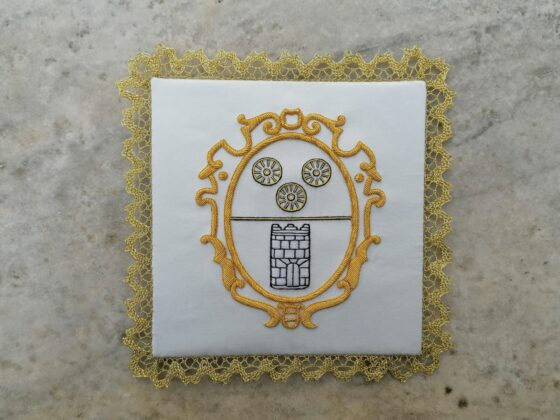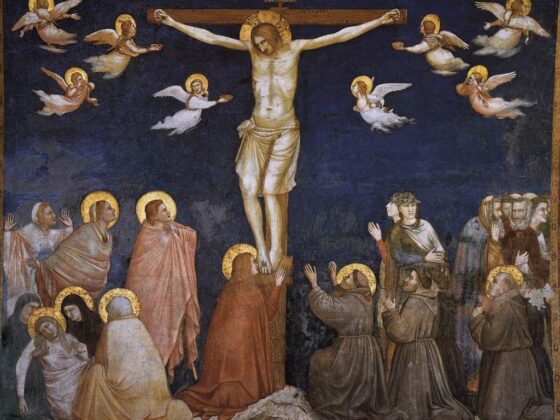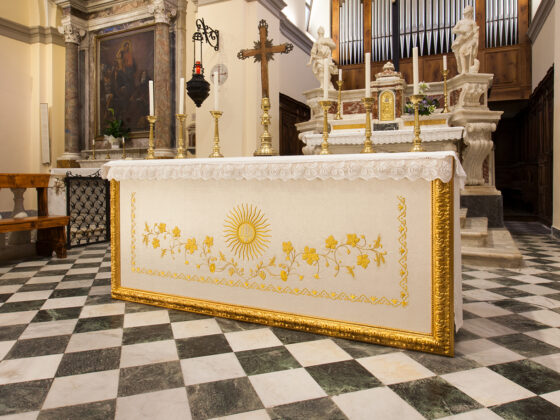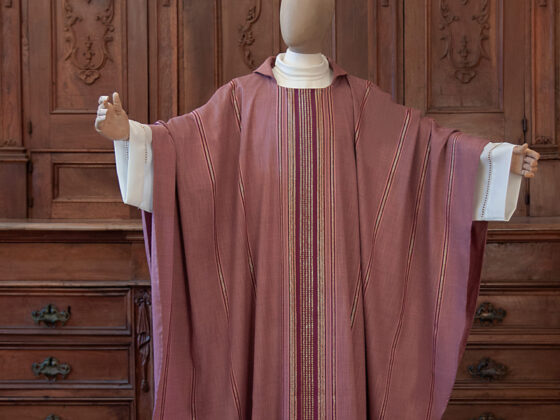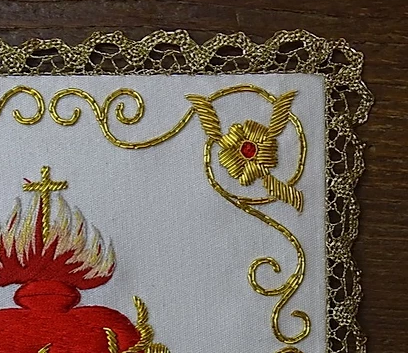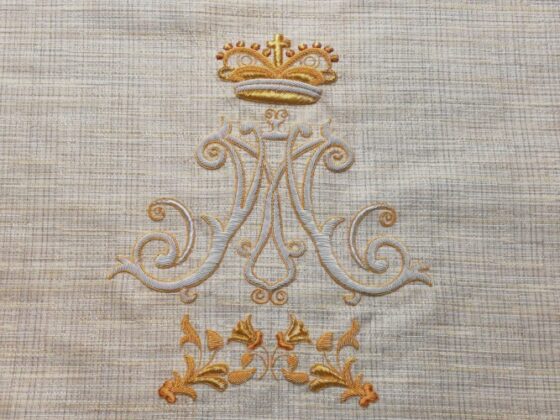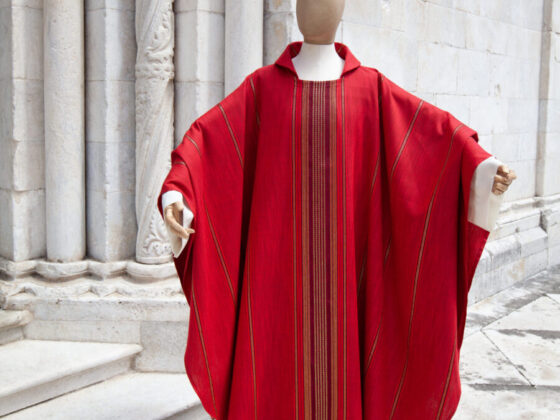The Ordinary Time, which had just resumed, is once again interrupted to make way for the feast of the two great pillars of Christianity, Saints Peter and Paul, a celebration held on June 29 in Rome and in countless churches around the world devoted to these two great saints.
During this same period, many deacons and priests will say or confirm their “Here I am” to the Lord for the first time, and for many of them, this will happen precisely on June 29 or during the first vespers of the vigil. Two saints with different personalities, yet the Church celebrates them together every year. Who are Peter and Paul, what do they have in common, and why do we celebrate them on the same day?
St Peter, the ‘fisher of men’
The Gospels and the Acts of the Apostles provide many details about the person of Simon Peter. From a fisherman in a small village on the Sea of Galilee to a “fisher of men,” Jesus’ call transforms Simon’s life. He leaves everything behind to follow the Master, becoming a witness to His words and miracles. Among the twelve apostles, Simon is chosen by Jesus as the first shepherd of the Church, and for this mission, he receives a new name: “You are Simon, the son of John; you will be called Cephas” – which means Peter (John 1:42). In Aramaic, the word Kēpha means rock, but it is more often translated into Greek as petros, which indeed means stone or rock. “You are Peter, and on this rock, I will build my Church” (Matthew 16:13-20). This is the first time Jesus mentions the word “Church” and entrusts Peter with the task of becoming its visible rock and foundation.
Peter, who throughout his life with Jesus often shows his human weakness and contradictory behavior, is the one who repeatedly experiences Jesus’ mercy firsthand and witnesses His words and miracles. Peter will receive from the Lord the strength necessary to communicate to everyone the explosive power of the Lord’s message (Luke 22:32). Already in the early chapters of the Acts of the Apostles, we see Peter becoming a point of reference for the Christians of that time. It is he who, on the day of Pentecost, firmly urges the crowd to repent (Acts 2:14ff).
There is no written testimony of Peter’s martyrdom, but there is a passage in the Gospel of John often interpreted as a prophecy of Peter’s martyrdom: “Truly, truly, I tell you, when you were younger, you dressed yourself and went where you wanted; but when you are old, you will stretch out your hands, and someone else will dress you and lead you where you do not want to go” (John 21:18). Stretching out his hands seems to evoke the image of crucifixion, which took place in Rome and, according to ecclesiastical tradition, upside down at Peter’s request, as he did not feel worthy to die in the same manner as his Master.

St Paul of Tarsus, the Apostle of the Gentiles
The story and personality of Paul are different from those of Peter. Paul’s story is one of conversion. Born into an aristocratic family and a highly educated man, he did not directly know Jesus but “encountered” Him on the road to Damascus when the Lord’s voice questioned him, “Saul, Saul, why do you persecute me?” (Acts 9:1-9). This question marks the beginning of Paul’s transformation from a persecutor of Christians to a preacher of Christ’s message to the Gentiles.
The central theme of Paul’s preaching is the encounter with the living, crucified, and risen Jesus. He uses his own direct experience of conversion as an example of God’s mercy and closeness to sinners or those whose lives are drawn to or distracted by things other than Jesus. He is called the “Apostle to the Gentiles” for his many journeys across Asia Minor, Greece, and Italy aimed at converting the Gentiles, the pagans, those farthest from Jesus’ message. He is the first evangelizer to give the Church a universal dimension, addressing not just a narrow group of Jews but all those with open hearts, ready to receive the love of Jesus, precisely because God belongs not to some but to all.
Paul was imprisoned in Jerusalem and later brought to Rome, where he was executed. Information about Paul’s martyrdom can be found in some apocryphal writings that speak of his beheading during the Neronian persecution. Clement I, bishop of Rome at the end of the 1st century, writes, “Because of jealousy and strife, after having preached righteousness to the whole world […] he bore witness before the rulers” (1 Clement 5:2).

Why are St Peter and St Paul celebrated together?
Over the centuries, Saints Peter and Paul have always been treated as inseparable. Tradition holds that Paul and Peter were in Rome during the same years and thus had the opportunity to meet and preach the Gospel together. We know for certain that both died as martyrs—Paul was killed by the sword, and Peter by crucifixion. Some legends claim that both died on June 29 in Rome, but as Benedict XVI also emphasized, the feast of June 29 for the two saints replaces the earlier celebration of Romulus and Remus. During the same homily, Benedict XVI drew a parallel with the first pair of brothers in the Bible, Cain and Abel: while their lives were marked by sin, Peter and Paul demonstrate a new way of being brothers, transcending controversies and allowing themselves to be united by the message of the Gospel (Homily, June 29, 2012).
The second letter to the Galatians highlights the mutual respect between the two great preachers. Paul recounts being in Jerusalem when he received from Peter the mission to go among the Gentiles. He acknowledges Peter as a pillar and an authority and respects his will. “Recognizing the grace given to me, James, Cephas, and John, who were reputed to be pillars, gave me and Barnabas the right hand of fellowship, so that we should go to the Gentiles and they to the circumcised” (Galatians 2:9).
Later in the letter, however, Paul recounts how he confronted Peter openly in Antioch for his attitude of exclusion toward uncircumcised Gentiles. While Paul here demonstrates the universal strength of his message, Peter, by accepting the correction, becomes an example of Christian humility.

As we can see, despite their different personalities and charisms, Peter and Paul are united by a strong desire for evangelization and the spread of the Gospel. With courage and determination, they do not yield to the threats of persecution. Both ordinary men and sinners, they experience the mercy of Jesus and become His first spokesmen. Enzo Bianchi writes, “In Rome, Peter finds Paul again. We do not know if in the daily life of Christian witness, but certainly in the great sign of martyrdom. Paul, ‘the other,’ the different apostle, placed beside Peter in his otherness, almost to guarantee from the very first steps that the Christian Church is always plural and nourished by diversity.” In their diversity, Peter and Paul built a single Church, and on this day, we are called not only to enrich ourselves with their example as true witnesses but also to rediscover the diversity within the Church as its foundation and strength.
Saint Augustine writes, “A single day is consecrated to the feast of the two apostles. But they were also one. Although they were martyred on different days, they were one in Christ.” (From his Sermons). Peter, with his authority, and Paul, with his doctrine—both saints contribute to the building of the Church today, and this is why we remember them on the same day.

Which vestments to wear at the 29 June Mass?
If until the Middle Ages the Masses for martyrs were also celebrated in white, a color that recalls Paradise, subsequently red became the color associated with martyrs and apostles. Red indeed recalls the blood that martyrs shed in the name of Christ. We hope that the lives of Saint Peter and Saint Paul, and particularly the tenacity and love with which they proclaimed the Gospel to the early Christians, may be an inspiration for all seminarians who will be ordained priests in these days. We make our own the invitation of Saint Augustine: “Let us celebrate this feast day, consecrated for us by the blood of the apostles; let us love their faith, their life, their labors, their sufferings, their testimony and their preaching.” (from the Discourses).
For information on our red church vestments and requests for quotations please write to info@artericamiliturgico.com or call 0187 68251.
You can book a Whatsapp videocall to see more of our products. Write to WA +393663570649.
Follow us on FB e IN paramentisacri.artericami.
